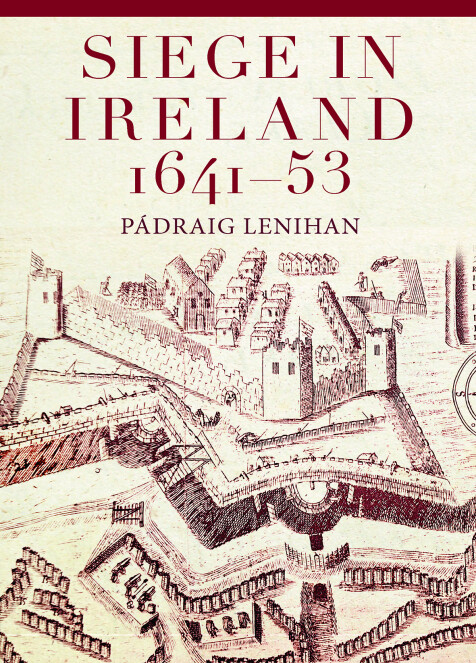Siege in Ireland, 1641-53
Pádraig Lenihan
Siege was the defining experience of the grindingly brutal and consequential Irish Wars of Religion (1641–53). Civilians were more likely to encounter siege warfare as participants and as victims than any other kind of military action. Pádraig Lenihan, an acknowledged expert on the period, conveys this experience by examining survivor testimony contained in the 1641 Depositions, the largest and most diverse body of direct and vivid accounts of the civilian exposure to war in the early modern period. Giving equal weight to the ‘sharp end’ of warfare and to ‘war and society’ issues such as recruitment, logistics and strategy, the author borrows and adapts methodologies from social and cultural history in order to understand how societies experience conflict and give meaning to it. Chapter 1 on the sneak attack presents startling new evidence about the abortive attack on Dublin Castle in October 1641 and Cromwell’s capture of Wexford in October 1649. If bribery and bluster failed, blockade was the usual next step. First-hand testimony in Chapter 2 conveys the experience of demoralization, hunger and sickness. In Chapter 3 besiegers exploit fear, of famine, of bombardment, of plague, or of sack, to browbeat defenders into capitulating. Chapter 4 explains why Irish armies – surprisingly – were so skilful in embedding siege guns in a system of mutually supporting trenches. Chapter 5 demonstrates why the storm was so hazardous using case studies like New Ross (1643) or Clonmel (1650) and sets out the moral context of the sack and slaughter that followed a successful storm with reference to Cashel (1647) and Drogheda (1649) among other places. These were religious wars and if all sides thought they glimpsed Heaven in the sky above them, they’d all spent time in Hell.
Pádraig Lenihan, recently retired from the University of Galway, has written many well-received books and articles on Irish and European warfare in the period 1641–1748 and brings a wide contextual and conceptual understanding to the study of siege warfare.


